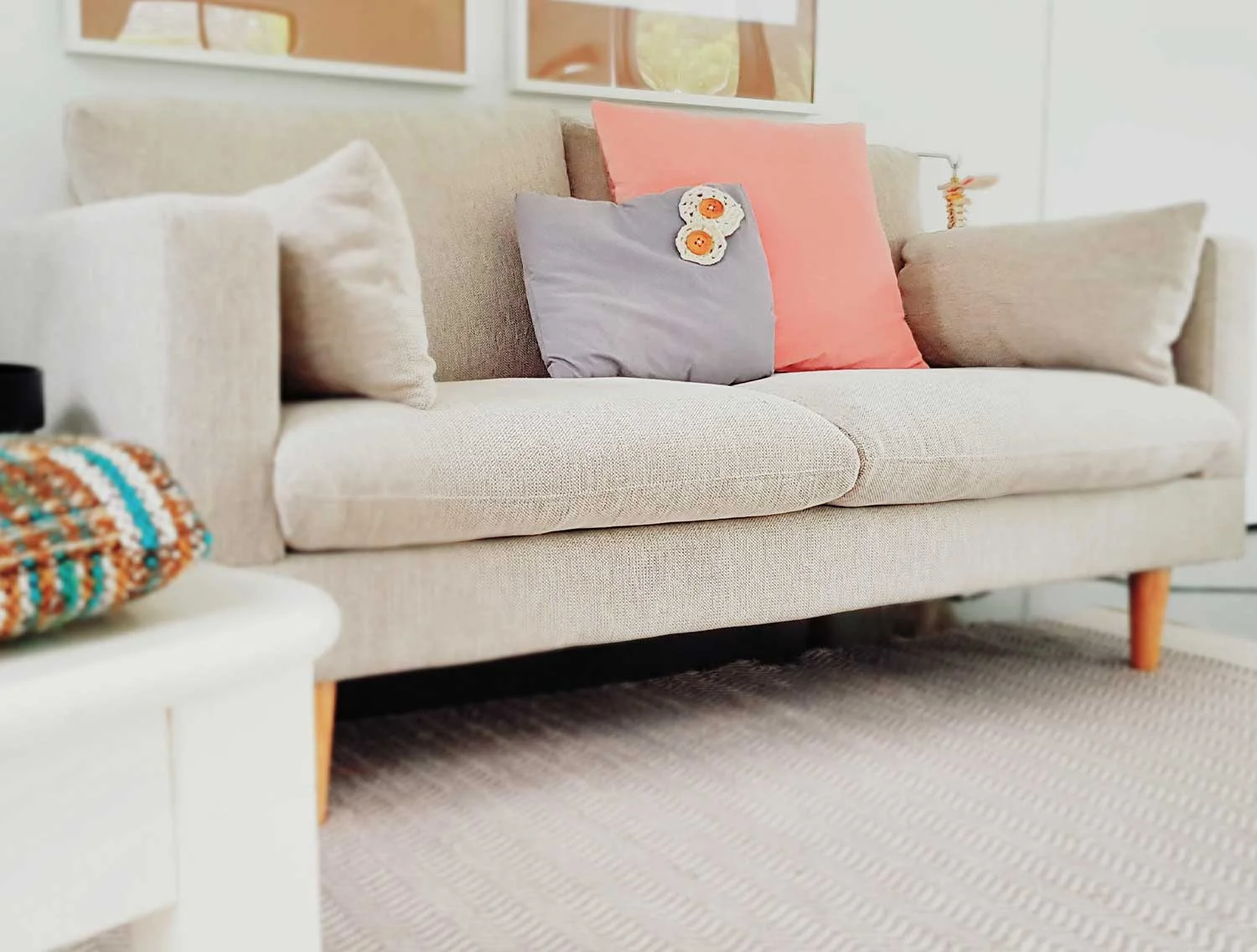How to Squat (and a Simple Trick to Squat Better!)
/Squatting is an essential part of our day to day life and not just relegated to the gymspace of bodybuilders and Crossfitters. Think about it: every time you sit on the toilet, get in and out of a chair or car or crouch down to pick something off the floor you're using a squat pattern, so being able to squat well, and without pain, is important for all of us, everyday and at all ages of life. Squatting is also a useful movement during late pregnancy and labour to help prepare us for birth, as well as a great movement for those with pelvic floor issues.
So what went wrong with that squat?
From top to bottom :
1. Lateral weight-shift to right (see unevenness in dowel height)
2. Loss of core activation (see pouchy tummy bulge)
3. Medial deviation of knees (see them coming towards the middle)
4. Over-pronation of ankles, right worse than left (see how the inner arches of the feet have collapsed)
Hmm, so what caused what?
There are a few possibilities:
• Ankle pronation causes medial deviation of the knees
• Weightshift to one side is usually a sign of moving away from a current or previous pain/injury
• Knees collapsing in can be due to weak gluteus medius/minimus, tight tensor fascia latae (TFL) or just badly taught technique or poor body awareness
• Tight calves or restricted ankle joint mobility will restrict dorsiflexion which causes someone to squat in this way just so they can get 'butt to ground'
Ultimately though, point number 2 is usually the root cause of most of these postural issues - a poorly activating, dysfunctional core.
Why? Without the ability to stabilise from the core out, we can't transmit/dissipate forces on our bodies optimally. Because our bodies tend to obey what we tell them without regard for how, compensations and deviations occur to let us move.
Trick Your Squat
Using a Theraband above the knees is a simple and easy 'hack' to help improve this commonly seen squat posture. It gives you tactile feedback to activate your glutes as you work to stop the band pulling your knees inwards. Switching on your side glutes will often also correct arch collapse and increase stability around the hip, pelvis and lower back which is important in being able to perform this move.
Identifying and correcting a possible pain source that the patient may be avoiding, differentiating between calf muscle tightness or ankle joint stiffness then treating the correct deficit appropriately, teaching correct squat posture and improving postural awareness are all essential (and something we can help you with here).
Above all, we need to address that pouchy tummy and poorly activating core with cues, well-taught corrective exercise... and by not allowing our clients (or ourselves!) to continue squatting with poor form!!
For those that want more and like to watch rather than read, see this vid I did on squatting here.

